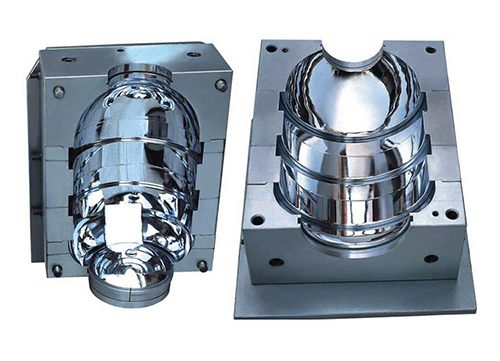
Injection molding is a manufacturing process used to produce parts by injecting molten material into a mold. It is commonly used for producing plastic components, though it can also be used with metals, glasses, and elastomers. In all of contents on Batnon, injection molding solely refers to plastic injection manufacturing.
Here’s an overview of the process:
- Material Selection:
The first step is to select right and suitable material for the part to be made.
- Thermoplastics: The most common materials used, such as ABS, polypropylene, polyethylene, and polystyrene.
- Thermosetting Plastics: Materials like epoxy and phenolic, which are also used but less common.
- Mold Design:
- A mold, typically made of steel or aluminum, is designed and fabricated. The mold consists of two halves: the cavity (the shape of the part) and the core.
3. Material Loading and Heating
- In this stage, raw materials are loaded into injection machine’s storage bin.
- Heat and melt raw material so it can flow into mold cavity under pressure.
- Mold Clamping:
- The mold is mounted onto the injection molding machine, where the two halves are clamped together under high pressure.
- Injection:
- The raw plastic material is fed into a heated barrel, where it is melted. The molten plastic is then injected into the mold cavity through a nozzle and runners.
- Cooling:
- Once inside the mold, the plastic cools and solidifies, taking the shape of the cavity. Cooling time depends on the material and part geometry.
- Ejection:
- After the part has cooled, the mold opens, and ejector pins push the part out of the mold.
- Post-Processing:
- The part may undergo additional processes like trimming, painting, or assembly.
- Quality Control:
- Parts are inspected for defects such as warping, sink marks, or surface imperfections.
Applications:
- Injection molding is widely used in industries such as automotive, consumer electronics, medical devices, and packaging.
Advantages:
- High Production Rates: Suitable for mass production.
- Material Versatility: A wide range of materials can be used.
- Complex Geometries: Capable of producing intricate and detailed parts.
Disadvantages:
- High Initial Cost: Mold design and fabrication can be expensive.
- Design Limitations: Certain geometries may be difficult to mold without defects.
This process is ideal for producing large quantities of identical parts with high precision and efficiency.
